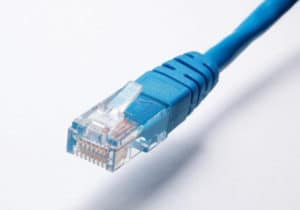Table of Contents
If you are reading this article, you probably have had previous experience using an ethernet cable. If not, then you want to learn as much as possible about the cat5 and cat6 ethernet cables.
Whichever the reason, it's essential to know your choice of internet speed.
Ethernet cables undergo upgrades continuously with the newer standard offering improved features, as seen in this review. However, it may not be easy to tell the main difference between them. It's vital to tell the differences to make the right choice? For that reason check out our best ethernet cable reviews, best ethernet cable for gaming reviews, or more specifically, the best ethernet cable for PS4.
So, how do cat5 and cat 6 differ? Which one between the two offer better speed and better restriction to crosstalk?
What Does Crosstalk Refer To?
Electronic equipment, such as cat5 and cat6 cables, emit electromagnetic signals. If you have several cables near each other, the electromagnetic signals cause connection interference. The electromagnetic interference between the cables is what is referred to as crosstalk.
Crosstalk causes degradation of signals and increases errors.
Newer versions of ethernet cables come with features that help to deal with crosstalk. Such features include a twisted cable design and improved shielding.
What Is A Cat5 Ethernet Cable?
If you work in an office, you most probably use cat5 cable, also known as category 5 ethernet cable.
Most offices have a Local Area Network (LAN) to communicate and connect computers to transfer data amongst office workers. The computers on the LAN are connected using a cat5 type of cable. As such, the cable connected at the back of your computer in the office is most probably a cat5 cable.
The cat5 network cable has the ability to handle up to 10/100 Mbps at a 100 Mhz. The transmission was once considered as efficient. However, newer cables have come which offer incredible speeds over a broader bandwidth.
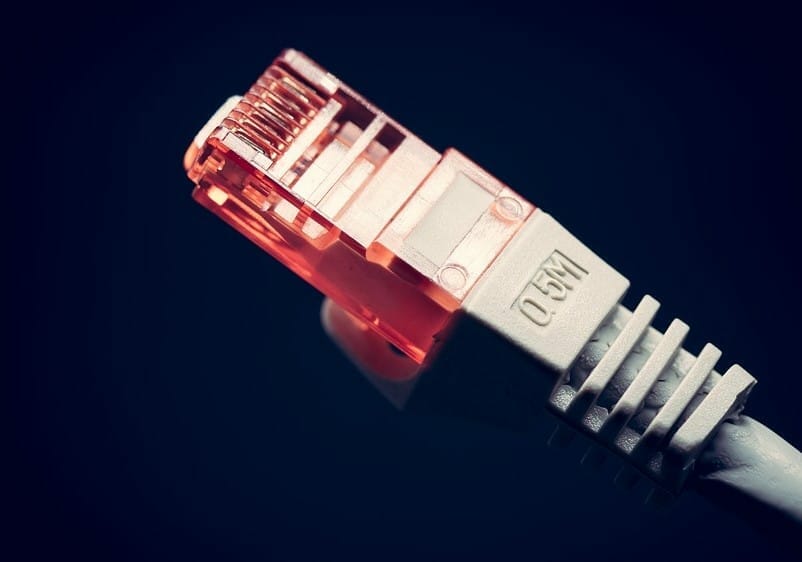
Cat5 has since improved to cat5e cables, also known as category 5e, which stands for cat5 enhanced. The cat5e cables that have been around in the market for years since 1999 offer enhanced performance over the old cat5, including 10 times faster speeds per second. It also offers the seed over traverse distances.
With the cat5e ethernet cables, you also enjoy reduced crosstalk.
So, between cat5e and cat6 cables, which one should you go for?
The choice between cat5e or cat6 will depend on your needs and performance. Nonetheless, cat6 cables offer higher speeds and better crosstalk restriction.
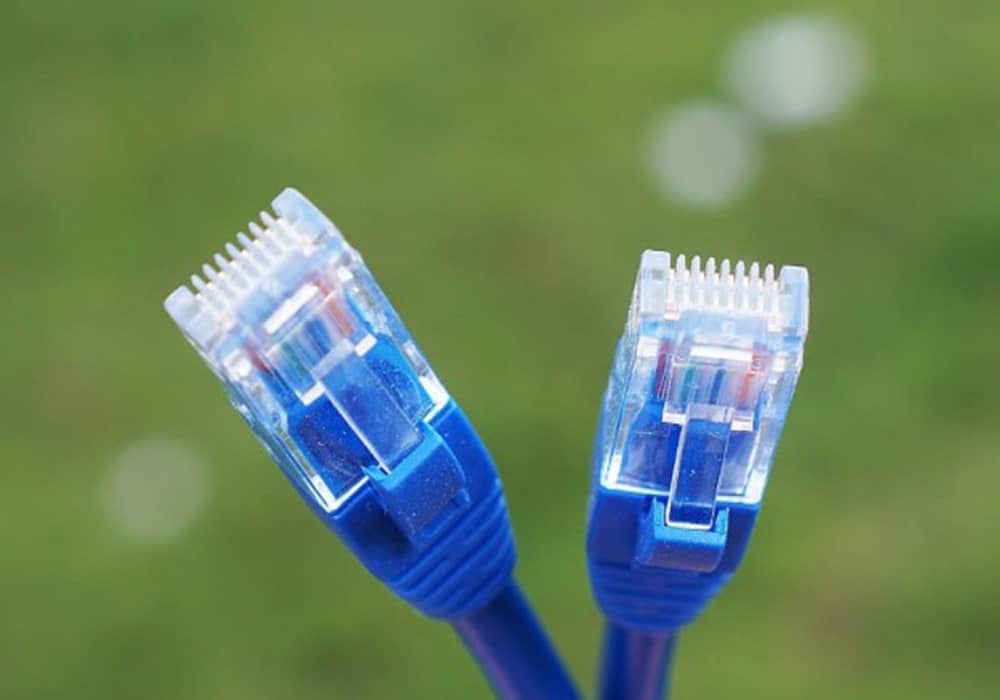
What Is Cat6 Ethernet Cable?
The network cable has been around for some years. It came a few years after its predecessor, the cat5e.
Cat6 ethernet cables are similar to cat5 cables in terms of structure as it has four twisted pairs copper wire. However, it offers more functionality as it supports Gigabit speeds over a broader bandwidth.
The cat6 cables have a bandwidth capacity of 250 Mhz, and it can offer Gigabit speeds of up to 10 Gbps.
The cat6 cable also stands out for being reverse compatible, which means you can use it with a cat5 or cat5e cable.
The cat6 cables are popular for use with computer networks that reach a GB, one Gbps of data transfer, or 1000 Mbps.
One downside with the cat6 cables is the limitation in bandwidth. Although the cat6 cable offers you fast internet speeds of up to 10 Gbps, it is limited to up to 164 feet. If you go beyond that, the speed deteriorates to 1 Gigabit which is the same as the cat5e ethernet cable.
The cat6 cable has a new improvement which is the cat6a cable. The cat6a network cable comes with an exceptionally thick plastic casing that comes in handy in helping reduce cross-talk in the internal wires.
The most significant difference between a cat6e and a cat6 cable is in the speed performance. It can support the 10 Gigabit internet speed over the entire 328 feet of the entire cable, unlike cat6 which goes up to 164 feet.
While cat5e and cat6 are sufficient for an office or a home network, cat6 is a perfect choice if you are looking for a future-proof network cable. Even with advancements in technology, there is a high likelihood you won't need to rewire your house or office if you have the cat6a network cable.
Similarities Between Cat5 vs Cat6 Cables
The two network cables have the same end piece. That means they "plugin" to the same port. The similar end that the two cables come with is known as the RJ45. The RJ45 can plug into an ethernet jack on many devices, including a computer or router.
The difference between the cables is in the materials used to make them, whether copper or other materials. The difference is also in the capabilities and methods, whether stranded or solid.
The two network cables are also similar as they feature four pairs of twisted pair cables.
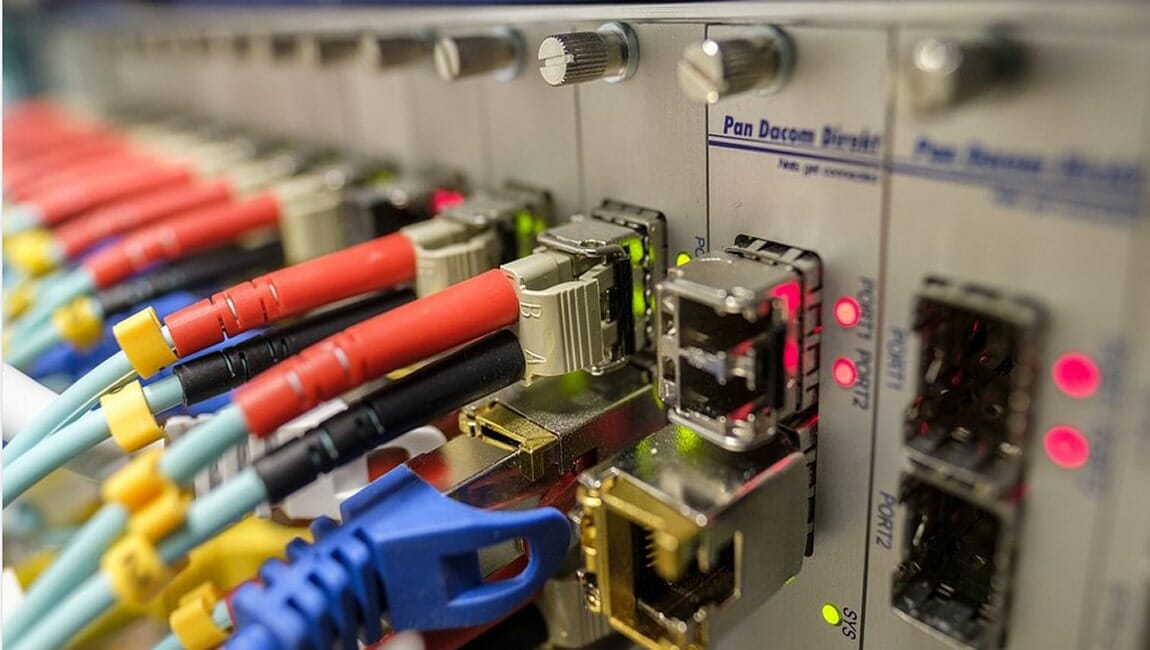
Can I Use a Cat6 Cable Instead of a Cat5?
Yes, you can.
The cat6 cables are backward compatible with previous versions, like the cat5.
Although the cat6 cables are more expensive than the previous versions, they are a better choice if you are looking for enhanced performance. The cat6 cables have better specifications than the cat 5 and cat5e cables, which enables them to support faster data transmission over an extended bandwidth.
The two cables use the same RJ45 end piece, and they can be plugged into the same ports.
How Do I Know if I Have Cat5 or Cat6?
How do you tell the sort of cable that you have?
If you check the sheath of most of the cat cables, like the cat6 cables, there is some information that is printed. You will have the word "category" followed by a number. For instance, cable category 5. In some cable, the word category is abbreviated as "cat".
If no words have been printed on the sheath, you can use a cable testing device to determine the type of cable that you have.
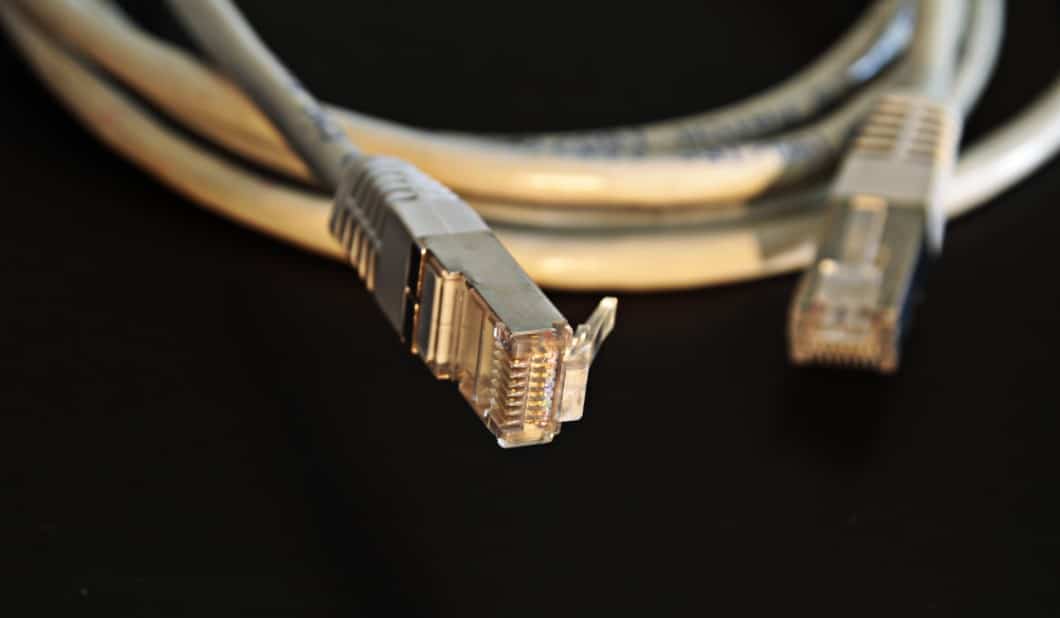
How Do They Compare?
Speed
One notable difference between the cat 5 LAN cables and the cat6 is in the data transmission speeds.
Category 6 cables support Gigabit ethernet for up to 100 meters. They also support a 10 Gigabit Ethernet connection over a limited distance of 164 feet. If you wish to enjoy 10 Gbps extended over a prolonged distance, then you can go for category 6a cables.
The also comes with a 250 Mhz capacity.
On the other hand, category 5 cable offers up to 10/100 Mbps at 100 Mhz.
So, in terms of speed, which one should you choose?
Note, in networking, no one answer is best for all situations. For instance, the answer to the best choice in terms of speed depends on your networking needs.
If you are looking for a cable for household or residential use, then a cat5 can be sufficient. On the other hand, cat6 comes in at a high cost, but it offers faster speed at a longer distance and is more future proofs.
Crosstalk
As you look for a network cable for various applications, it's vital that you consider the crosstalk restrictions specifications that the cable offers.
Both cat5 and 6 feature twisted pairs of copper wires which help to reduce cross-talk.
Apart from the twisted pair of wires, the recent technology used by manufacturers to minimize system noise is the spline. Cat6 used to have a nylon spline that separated each wire pair helping to deal with cross-talk.
However, the spline made the cable thicker than cat5e and made it more difficult and rigid to install. The fact that it is thicker also means it takes more space which you should consider, especially if you have limited office space.
Cat6a performs the best when it comes to noise reduction. It comes with an exceptionally thick casing that comes in handy in reducing noise interference.
Whether a spline is used or not,cat6 performs better than cat5 in terms of noise reduction. As such, you enjoy a higher quality connection with cat6 that you do with cat5.
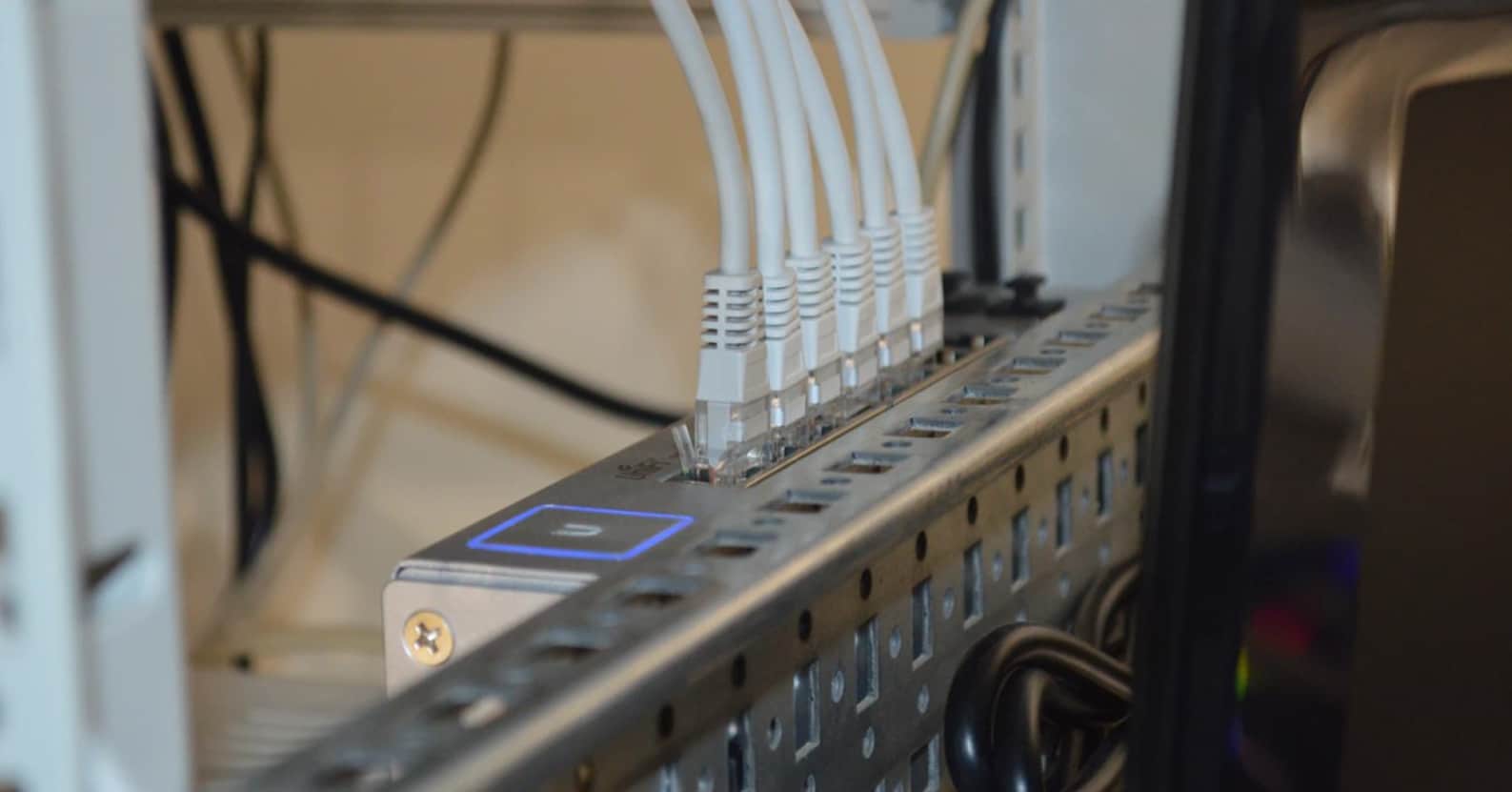
Cost
Cost is an essential factor as you consider the different cable types to use. The price differences are a result of various factors, including advancements in technology, cable standard, etc. It can also include the installation cost.
For instance, installing cat6 may be more costly as it is thicker and more difficult to install.
If you are working on a tight budget, cat5 is a perfect choice. If you want a faster connection with less interference, cat 6 is an excellent choice, though it will cost you more.
Conclusion
Which of the two cables should you choose for installation in your house or office? The choice will depend on various factors such as cost, speed of data transfer, and overall performance.
Cat5 is sufficient for a household installation. Cat6 is the right choice for a setting that requires fast data transfer over a long distance. Therefore, it is ideal for data centers but can be overkilled in a house, especially considering its cost.
FAQs
1. Is Cat 6 better than Cat 5e?
Cat 6 cable is more reliable than Cat 5 or Cat 5e cable at higher speeds. They appear to be identical; in fact, Cat 6 is backward compatible with Cat 4, allowing for mix-and-matching. Cat 5e cable has been enhanced to reduce interference and ensure that gigabit speeds are reliably delivered.
2. Can I use Cat6 instead of Cat 5?
Of course, Cat6 cable is compatible with Cat5 networks. Because it is reverse compatible with previous specifications, it can be used effectively with Cat5 networks. Category 6 cable meets more stringent specifications than category 5 or 5e cable, allowing for faster data transmission when used with compatible devices.
3. Is Cat 7 Ethernet cable better than Cat 6?
While CAT 7 cable is more expensive, it is also considered to be the most durable and has a longer lifespan than CAT 5 and CAT 6, enhancing its overall return on investment and making it the best choice for future-proof wiring.
4. Can I use CAT 7 cable for Internet?
Yes, you can. As with Cat 6a and Cat 7, the Cat 7a cable supports data transfer rates of up to 10,000 Mbps but has a much higher maximum bandwidth of 1,000 MHz. Again, this cable is likely much more than the average user requires, but it is ideal for those seeking the best cable available today and a future-proof cable for internet connection services.
5. Will Cat6 improve Internet speed?
Cat6 is a good choice if you require faster internet speeds. It minimizes what is known as "crosstalk" — signal transfers that cause your communication channels to be disrupted. If, on the other hand, you are content with your current internet speeds, Cat5 may suffice. Apart from that, Cat5 cables are typically less expensive than Cat6 cables.

